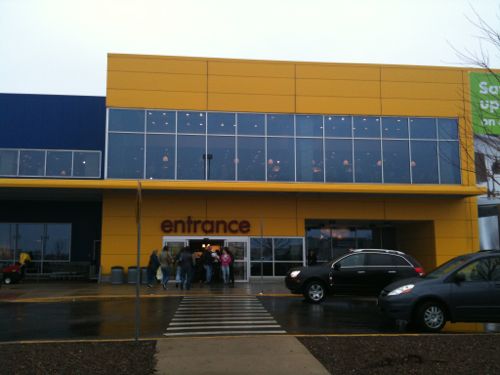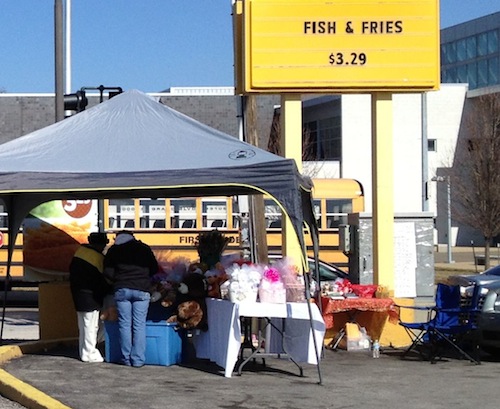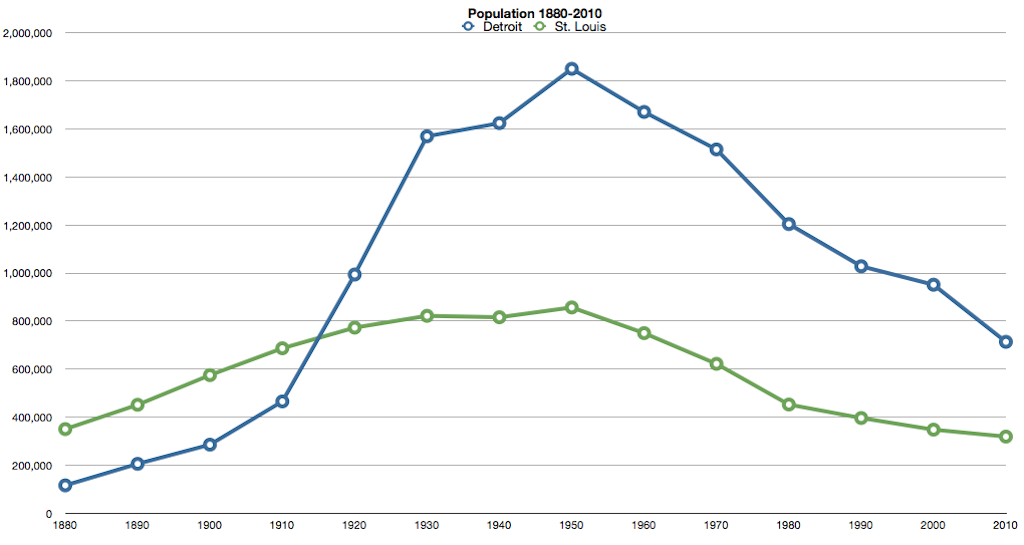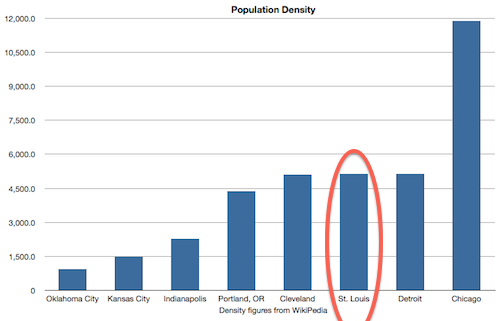You Can Buy Just About Anything Online
|
|
My post Tuesday (The Future of the Brick & Mortar Retail Store) drew some interesting, and outdated, views. For example:
“Pets, musical instruments, clothing, food, furniture, consignment items, alcoholic beverages, ice cream, these things make sense to be purchased out of a retail store.”
“…make our weekly trip to the supermarket to stock up on groceries, things that really don’t work online . . . .”
Some erroneously think because they don’t buy these things online, nobody else does either. By that logic everyone still has a landline home phone and gets the printed newspaper delivered every morning. Here’s a look at the items from these comments.
Pets
Pets should come from a local shelter rather than be bought at a store, of course you can browse animals awaiting adoption online. Like cute cats and lovable dogs.
Pet supplies is a big industry!
The US pet and pet supply store industry includes about 8,800 stores with combined annual revenue of about $12 billion and is forecast to grow at a moderate rate in the next two years. Key drivers of growth include increasing income levels, as well as a trend toward pet humanization, or treating pets like family members. (source)
Online sales are about $2 billion:
Unlike traditional brick-and-mortar retailers, participants in the Online Pet Food and Pet Supply Sales industry do not necessarily establish operations following the distribution of population. Densely populated regions are still important to an operator’s geographic location, but not as much as with physical retailers. Online pet supply companies choose their location with rental and transportation costs in mind, since most e-commerce dealers require large amounts of warehouse space. (source)
Of course having a website is no guarantee of success:
Pets.com is one among many other online retailers that failed as a business-to-consumer e-commerce entity. Pets.com was a San Francisco-based e-tailer existing only as a virtual firm that offered pet products, information, and resources to consumers. The site was launched in November, 1998 about the same time as several other online firms offering pet products. Petstore.com, Petopia.com, Petsmart.com, and PetPlanet.com were a few of the major competitors in the online pet industry, although Pets.com had a first-mover advantage being the first of these virtual pet stores to enter the market. In spite of the rising competition in the online pet market, Pets.com appeared to be on a road to success in the beginning of 1999. Sadly, the success never brought profits for the online firm and Pets.com decided to close its doors in November, 2000 just two years after its launch. (source)
Musical Instruments
Here’s a current example from South Bend Michigan:
Music Factory Direct will close its retail store on South Bend’s northwest side to focus its business on growing Internet sales, its owner said.
Dennis Bamber started Music Factory Direct in 2009 at 4004 Technology Drive. He previously ran Woodwind & Brasswind in the same building, which is northwest of where the St. Joseph Valley Parkway crosses the Indiana Toll Road.
Bamber said the company’s online sales of musical instruments are improving, and the business is growing by 10 to 20 percent annually. Sales at the South Bend store, however, have been disappointing.
Music Factory Direct employs seven people, he said, and the closure of the company’s retail store won’t affect that number. (see Music shop closing to focus on Web)
In the St. Louis region Fazio’s Frets and Friends seems like a thriving and popular retail store.
33 years in business, and going strong!! since 1978, we’ve been St. Louis’ best independent music store and we’re a great resource for instruments, accessories, repairs, used gear, instrument and equipment rentals, amplifiers, lessons and advice. With a fantastic selection of great brands…we offer best value with great prices and friendly, personal service from a professional staff who does this for a living.
Their website allows you to order online, or you can call them toll-free. Clearly they do business beyond the St. Louis region! Big companies like Amazon and Best Buy sell instruments online, as do hundreds/thousands of smaller retailers like our own Fazio’s.
In 2011 local store Drum Headquarters closed (Drum Headquarters Closes After 30 Years).
Clothing
Seriously? Sure, clothes will still be sold in stores but online sales are the growth trend. How many local clothing stores do you know of? How many national clothing retail stores like Old Navy doesn’t sell online? Okay, Kleb Clothing & Shoe at 8529 S. Broadway is still in business and it doesn’t even have a website! Kleb’s is an anomaly though, it can’t survive forever, much less increase sales.

In less than a decade Zappos.com reached $1 billion in sales, it was then bought out by Amazon. Online clothing sales are huge!
Food
You have to buy food in a grocery store, right? Wrong! Locally you can order groceries online from Local Harvest Grocery, Straub’s, Dierbergs, and Schnucks, maybe more. Companies like Amazon & Peapod are forcing Walmart to sell food online too. Target doesn’t ship food online but items available in store are listed on their website.
Furniture
IKEA’s stores are great and their shipping is so expensive other companies have sprung up to pickup and deliver their goods. Design Within Reach offers modern furniture online. St. Louis had a DWR studio but it didn’t last long.
Consignment Items
Like everything else, the consignment business has also moved online.
For instance, RodeoDriveResale.com focuses on luxury designers like Marc Jacobs, Fendi, and Prada, while the newly launched Tradesy.com offers a mix of mid-market and high-end brands such as Zara, Kate Spade, and Michael Kors. StellaPlusJack.com specializes in children’s clothing and accessory brands like Mini Boden and Ralph Lauren. And some websites, including AntoinesConsignment.com, focus on men’s clothing and accessories.
Many of these sites offer prepaid mailing labels for consigners. “You don’t actually have to get in your car and take the things to a particular place,” points out Montgomery, Ala.-based thrift style expert LaCheryl Cillie. “You can hold them until they sell and you have to ship them.” (US News)
Alcoholic Beverages
Liquor Mart is proud to be able to ship wine and non-alcoholic products to California, Colorado, Florida, Idaho, Nebraska, *New Hampshire, North Dakota, Oregon, Washington D.C., and Wyoming.
Due to shipping carrier policies, Liquor Mart is unable to ship beer or spirits to any state at this time. (Liquor Mart)
Laws means online ordering & delivery isn’t possible but through sites like ShopRandalls.com you can can check availability at four local stores.
Ice Cream
Yes you can get overnight delivery of ice cream & gelato!
eCreamery Ice Cream & Gelato was founded by Abby Jordan and Becky App out of a pure love for ice cream and the power of a personalized gift. We love the idea of making ice cream as a GIFT that will be bringing a smile to someone’s face and make a memory. Whether it’s Birthday Ice Cream, Get Well Ice Cream or Thank You Ice Cream, we want to make the moment delicious. (eCreamery)
If I want gelato or ice cream I’ve got lots of local choices but if I can also send ice cream to family in other states as gifts.
With so much available online this presents very real challenges to urbanists who dream of bustling retail streets. Small retail storefronts for larger online operations is one option, as long as it isn’t a burden having an actual storefront. Or maybe have a storefront but not sell anything in it?
Bonobos, (say “bu-NO-bos”) Guideshops are men’s clothing stores that basically don’t sell anything. Customers can try stuff on for size, put outfits together and get advice from salespeople. But if they like it, they’ve got to order it on the Bonobos website.
This small store is a big deal. If other stores catch on — and it may be more of a question of when than if — this could ultimately change the business model for the nation’s 895,800 retail establishments. (USA Today)
Retail is continually changing…
— Steve Patterson

 In last week’s
In last week’s 


